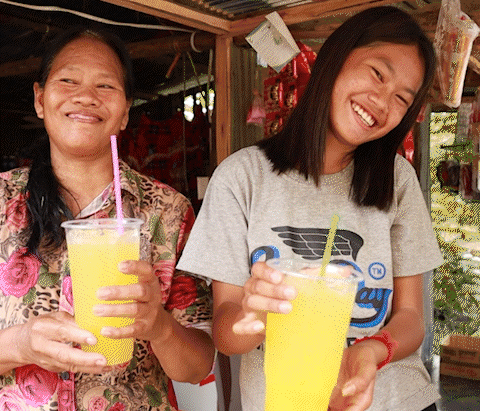Village Hive Project
The Early Intervention Journey is targeted at vulnerable families to reduce risks and prevent them from falling into crisis. The process is a journey of empowerment that sees families strengthen their social and economic resilience to escape poverty and provide adequately for their children.
The Early Intervention Journey empowers families through seven key steps:
Conduct basic needs assessment, connect to public services, and provide emergency support
Following a referral of a vulnerable family, social workers conduct a home visit to partner with the family and support them in leading a self-assessment of their basic needs. Once completed, they connect the family to public services including education, healthcare and existing community social supports. The family are then provided with emergency support to cover any gaps identified in the basic needs assessment. This temporary provision of welfare ensures that the family and children are protected and their basic needs are met while they move through this journey.
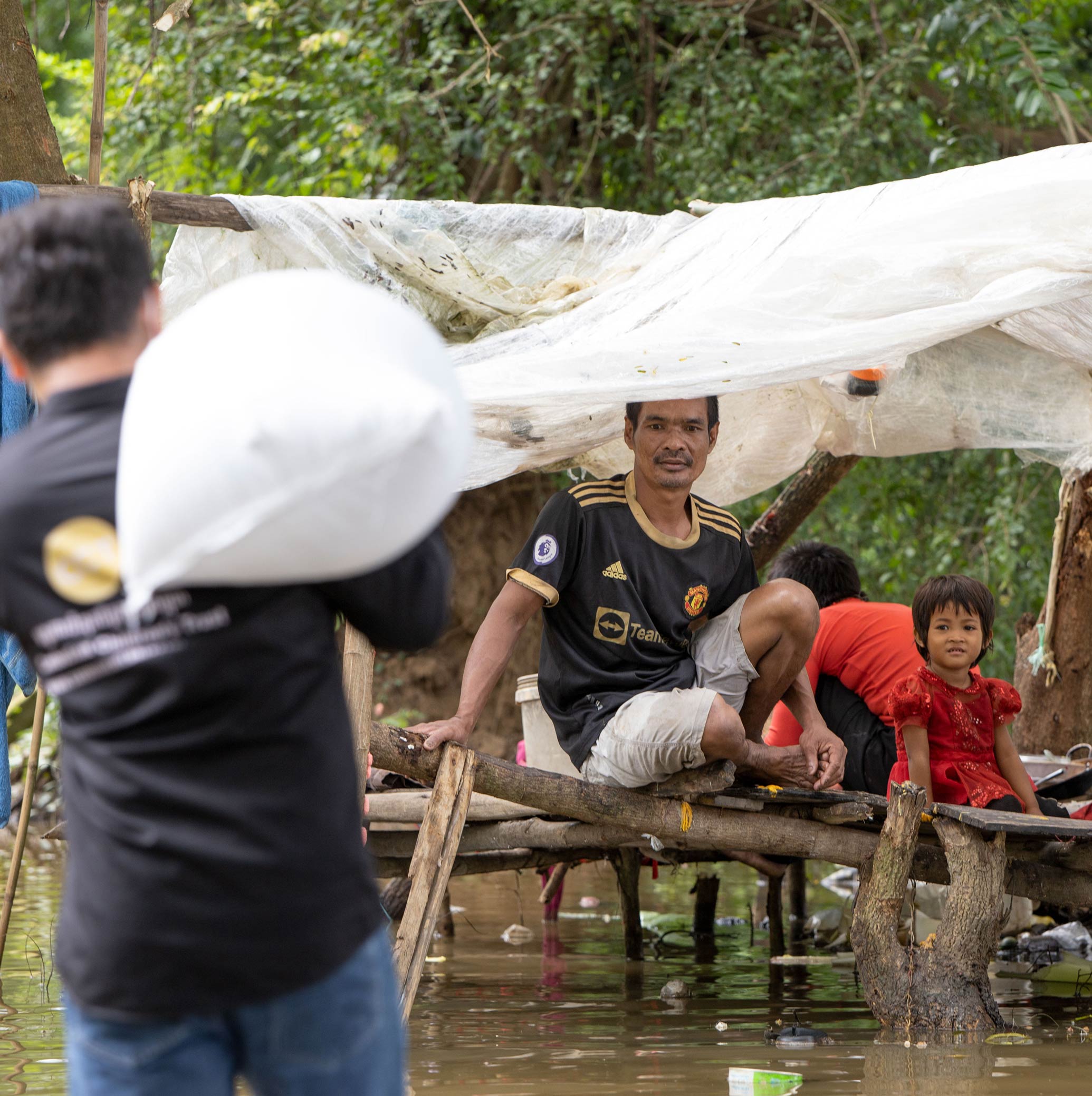
Collect one month’s financial data.
The family is coached on how to record their income and expenses to collect one month’s worth of data on their income and spending patterns.
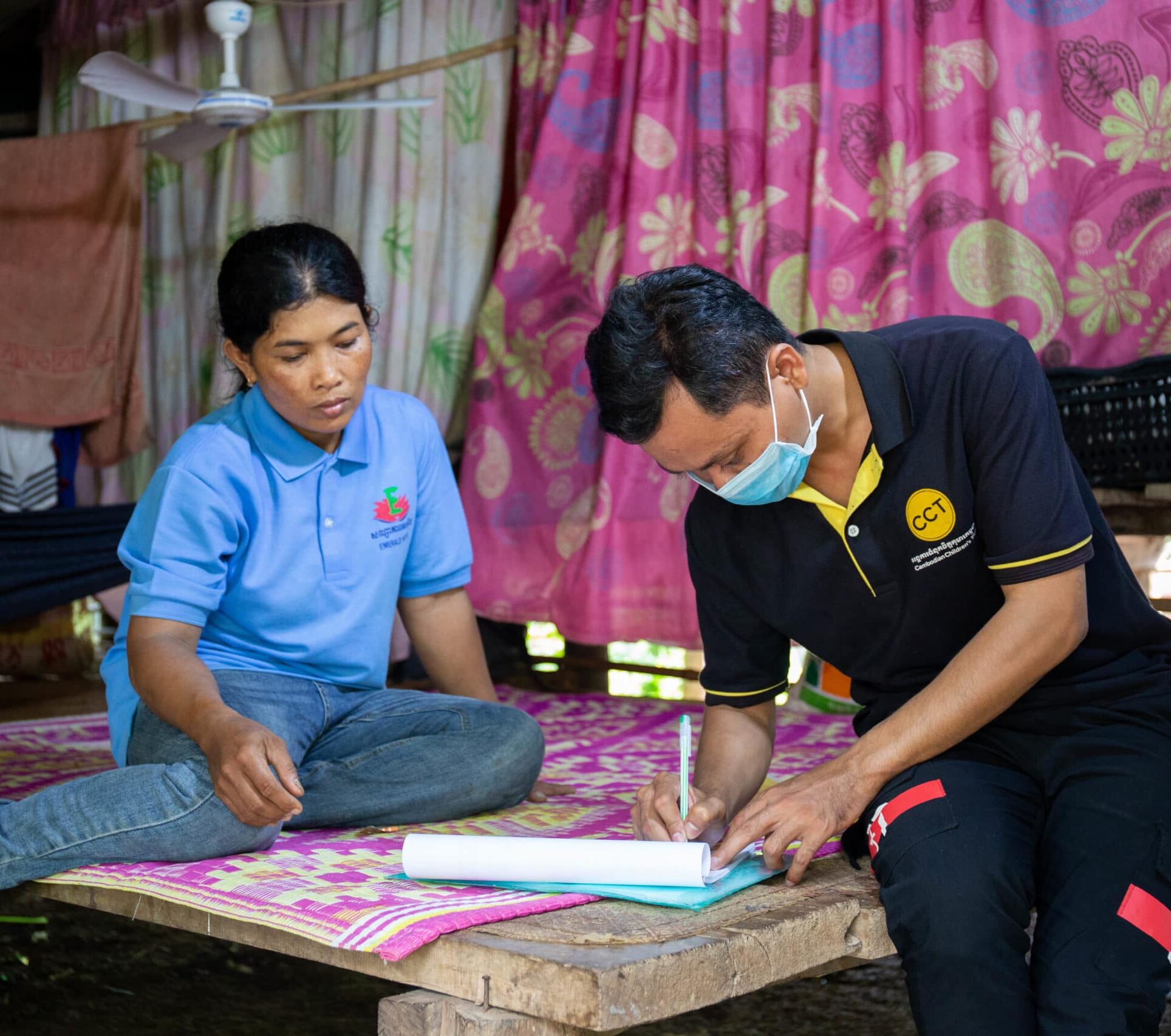
Conduct a financial assessment, complete basic financial literacy training, analyse financial data, develop a monthly budget, calculate support payment, conduct a fitness to work assessment, and set a financial goal.
The data from Step 2 is used to conduct a financial assessment with the family – looking at the family's existing income, assets, debt, and expenses. The information from the financial assessment then guides the basic financial literacy training. Financial literacy training begins with mindset change to help families avoid being stuck in a scarcity mindset that traps them in cycles of poverty. Next, the family is coached on how to avoid debt, prioritise expenses, make cost-effective purchases, and manage household finances by developing a budget. The budget produces a financial goal, which is the amount of income they will need to meet all their basic needs and create savings.
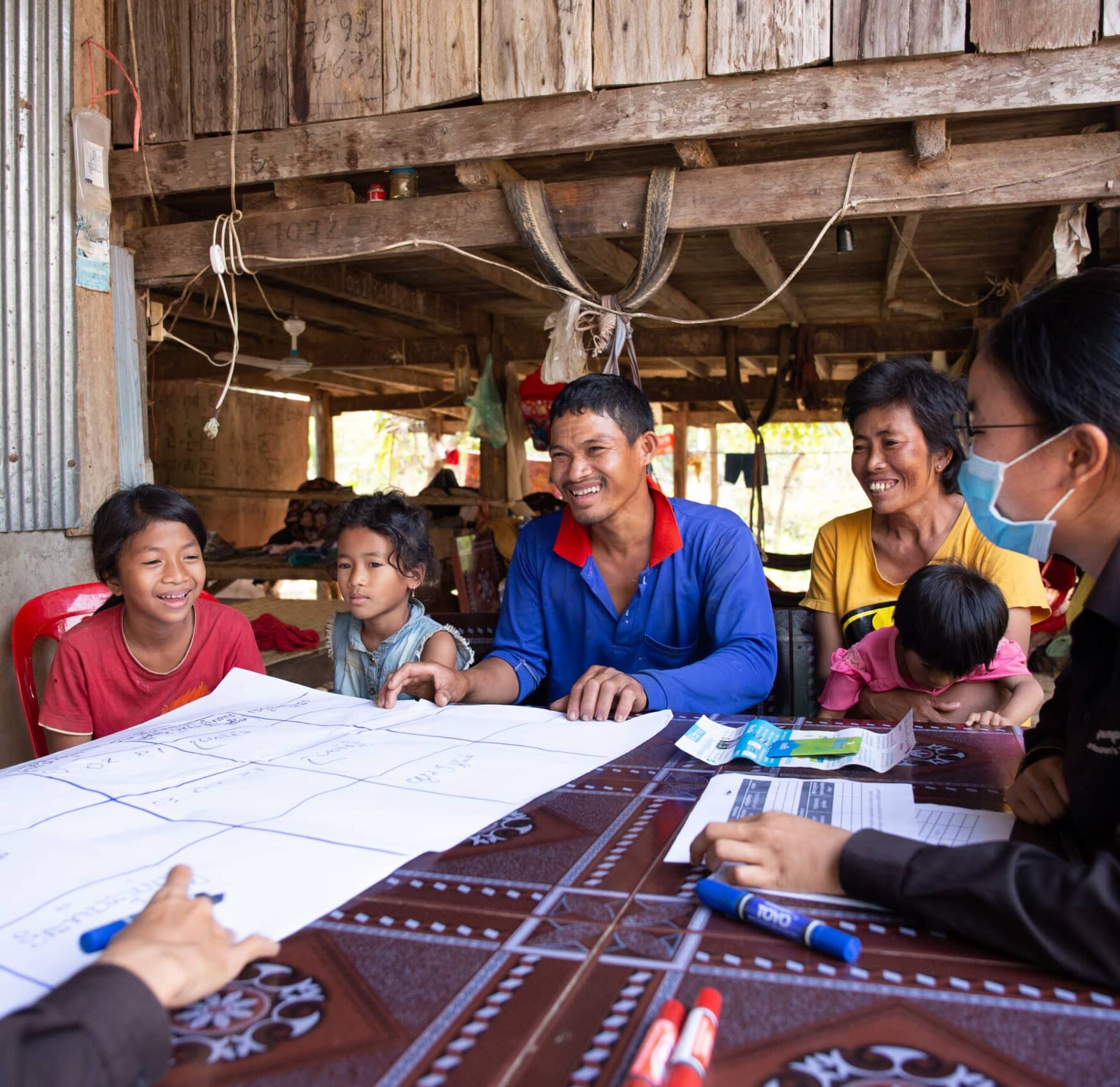
Create a vision
The family is guided through a visioning exercise to determine how they would like to meet their financial goal.
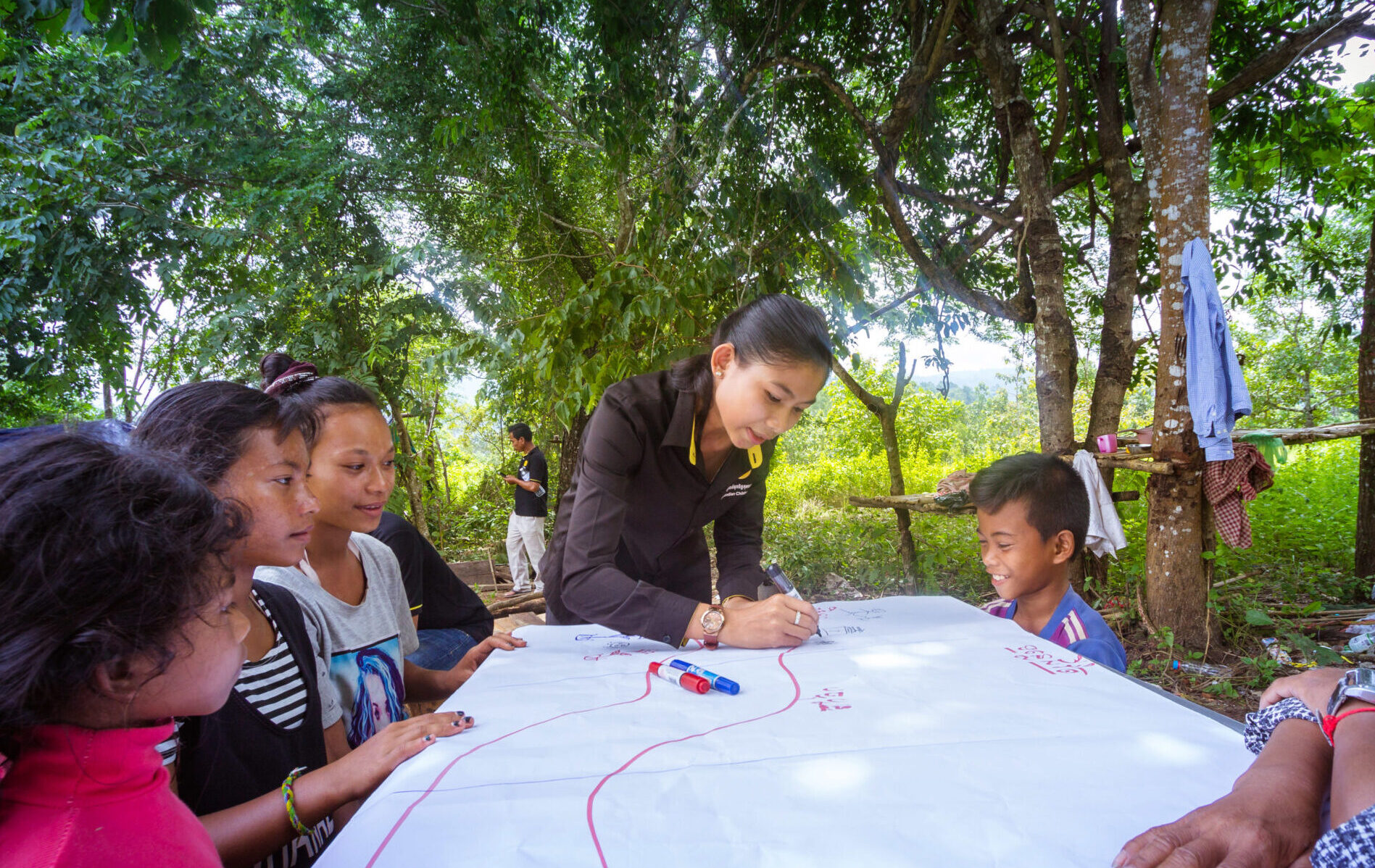
Establish a business or connect to employment
The family are supported to access vocational training opportunities, safe employment or launch a business. Capital is provided to the family for income generating activities based on their business plan.
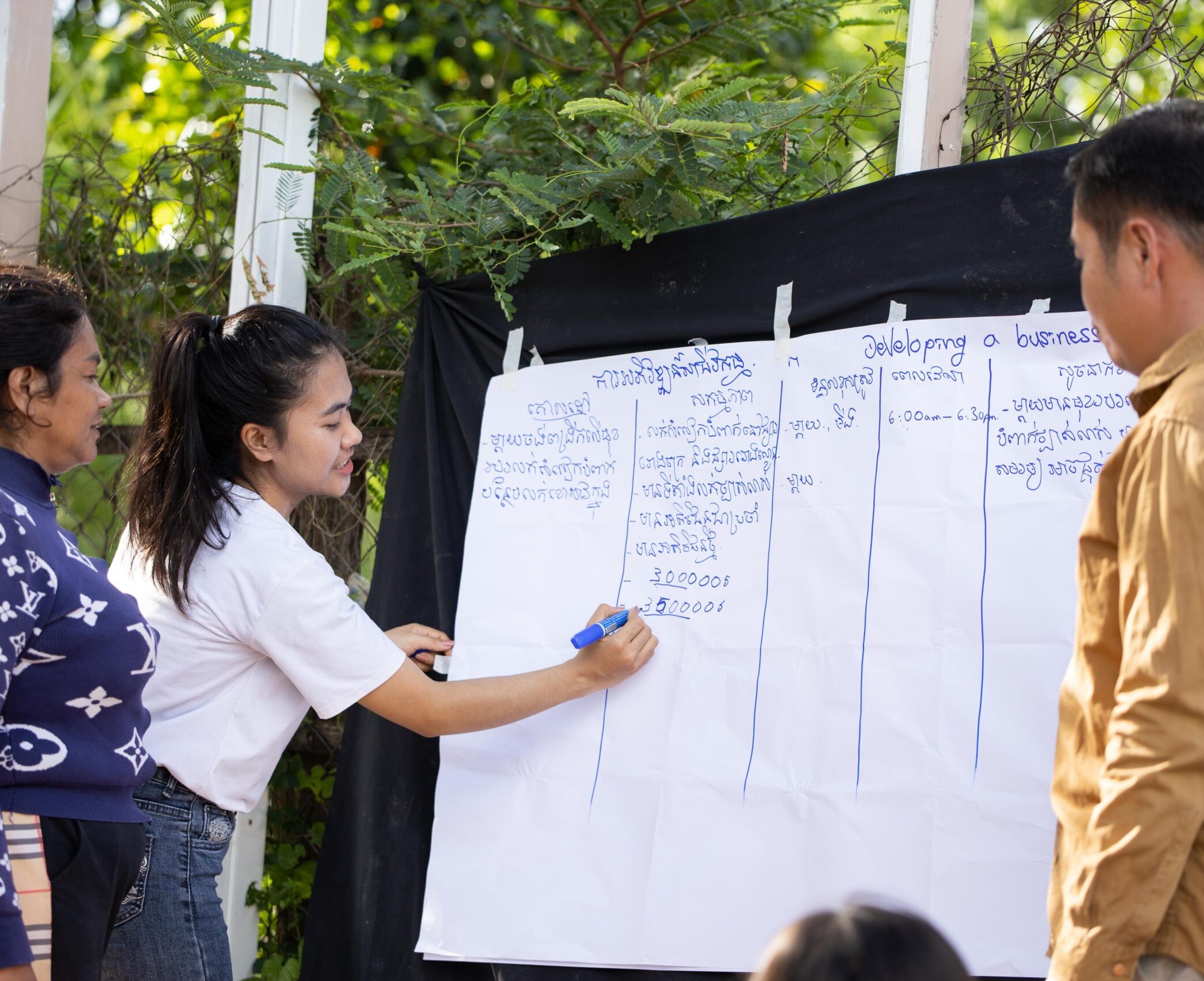
Monitoring and business development
The family are supported to evaluate their business to ensure it continues to align with the goals set out in their business plan. Families are provided with an opportunity to grow or diversify their business if they aren’t yet meeting their financial goal. The family’s welfare payment is adjusted as their income grows.

Establish a savings plan and conduct an exit assessment.
Once the family is bringing in enough income to meet their basic needs and no longer requires welfare payments, they are assisted to establish a savings plan. The family are connected to community savings and support groups and an exit assessment is conducted to ensure family members can meet their basic needs and add to savings.
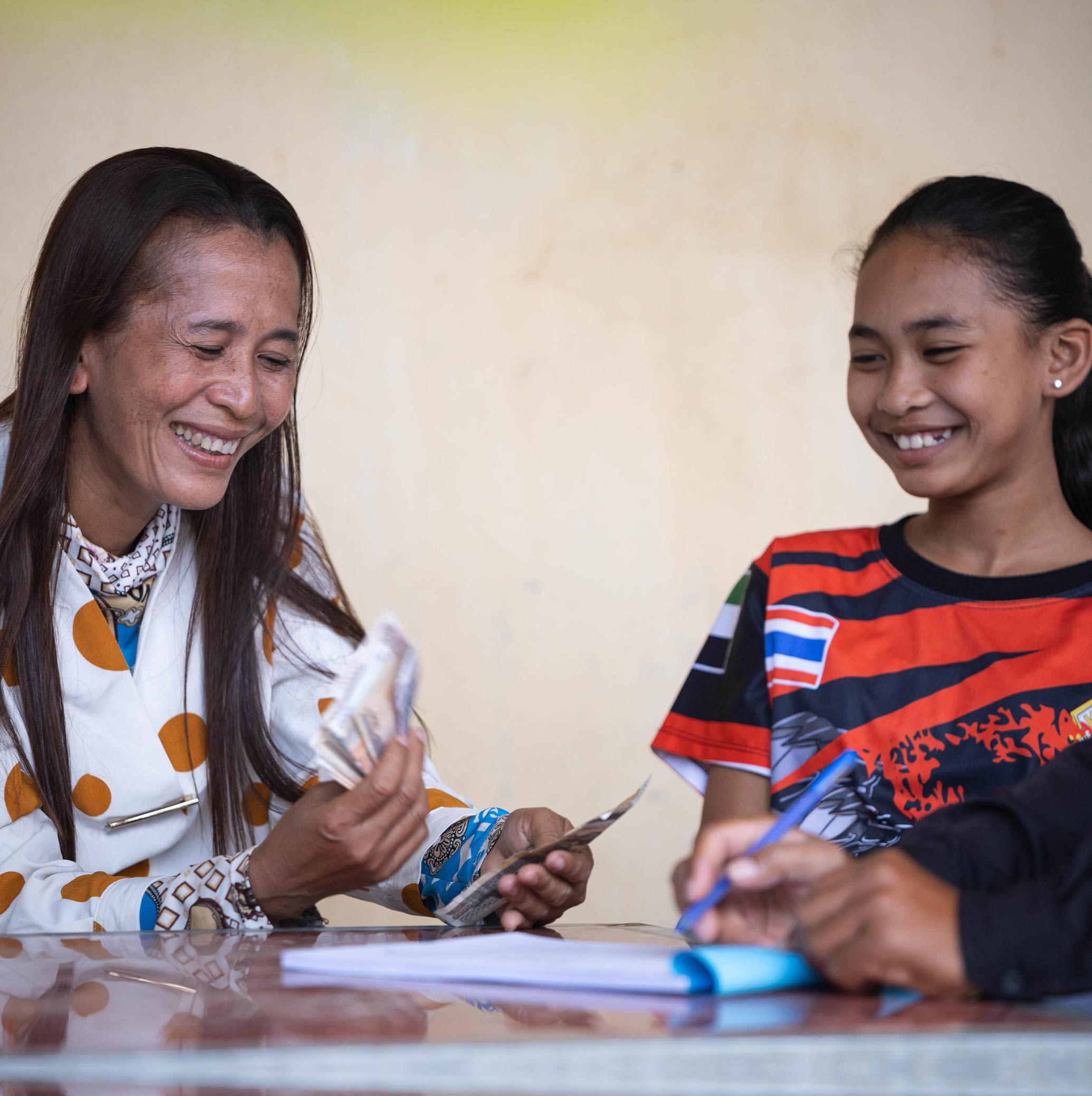
At the culmination of step seven, the family can borrow from their own savings if they meet challenges or obstacles in the future. They are also able to continue growing their income independently. This level of robust personal and financial resilience ensures that families are empwoered to thrive.
